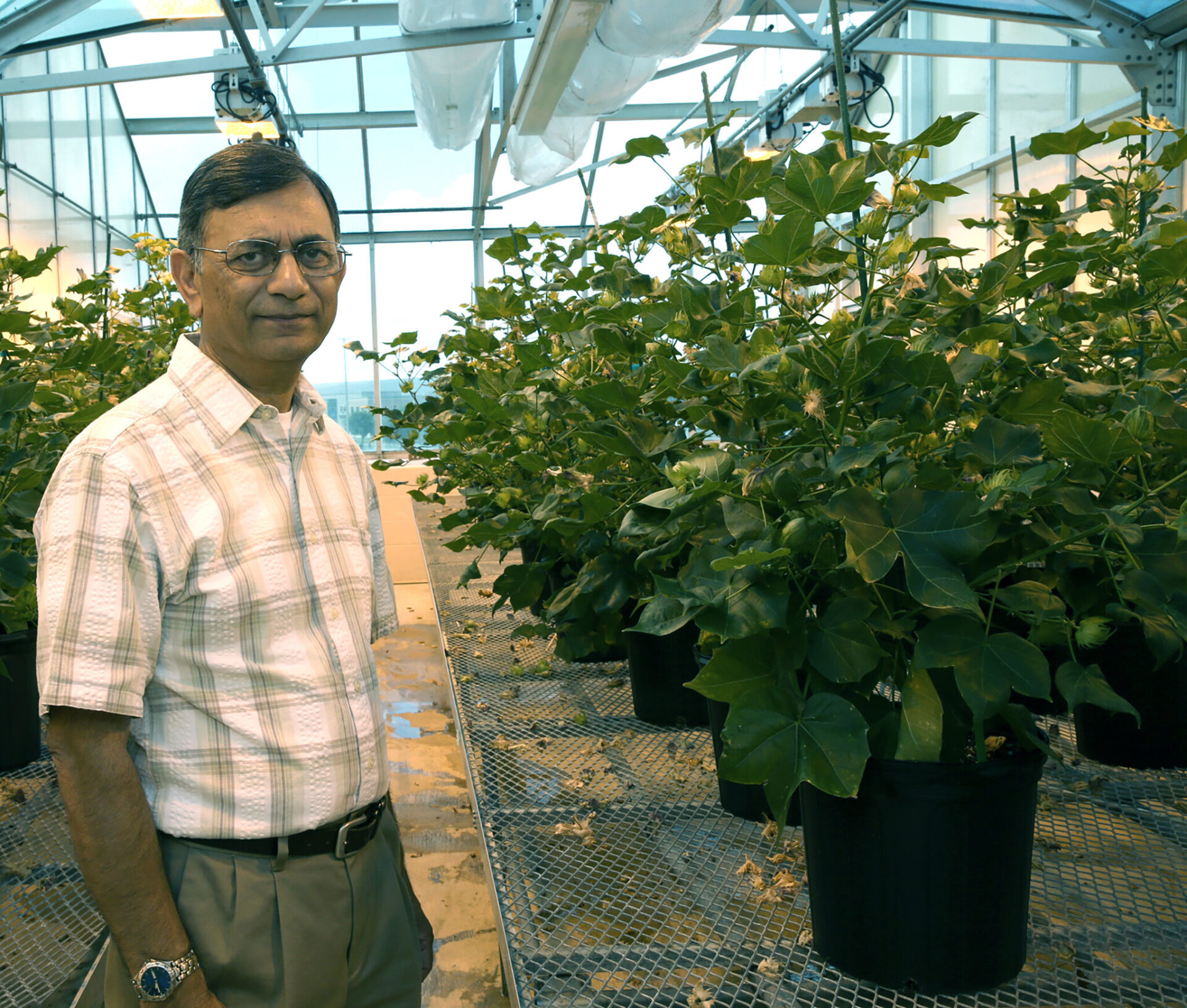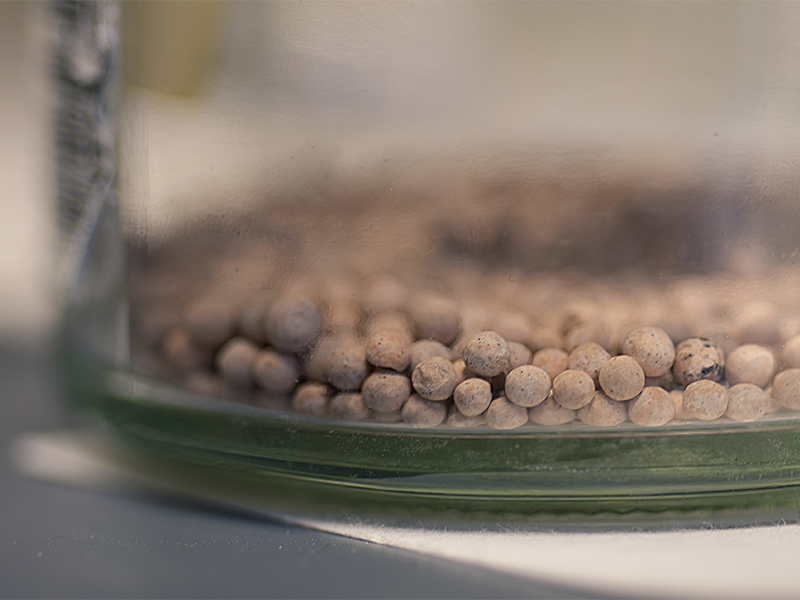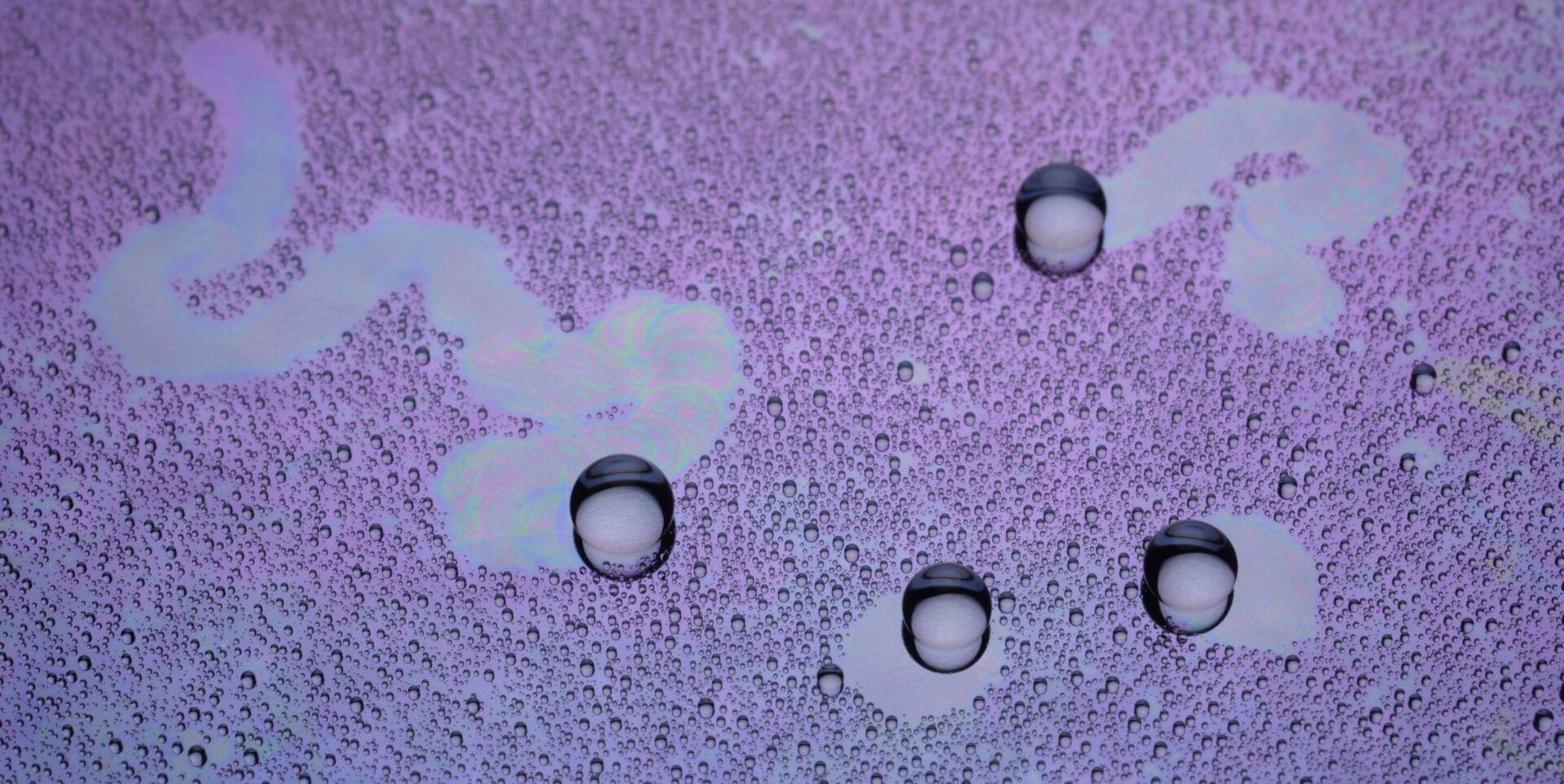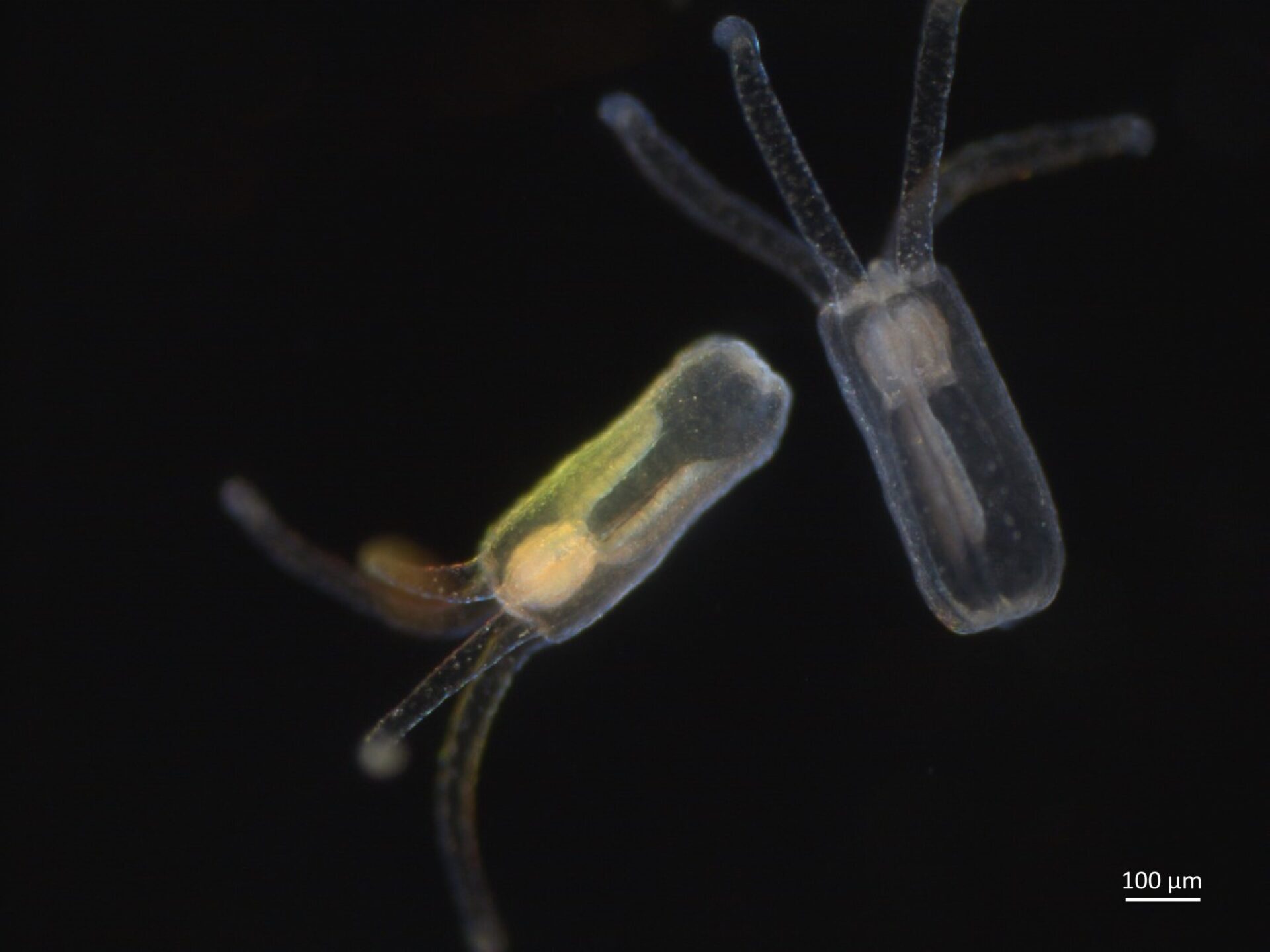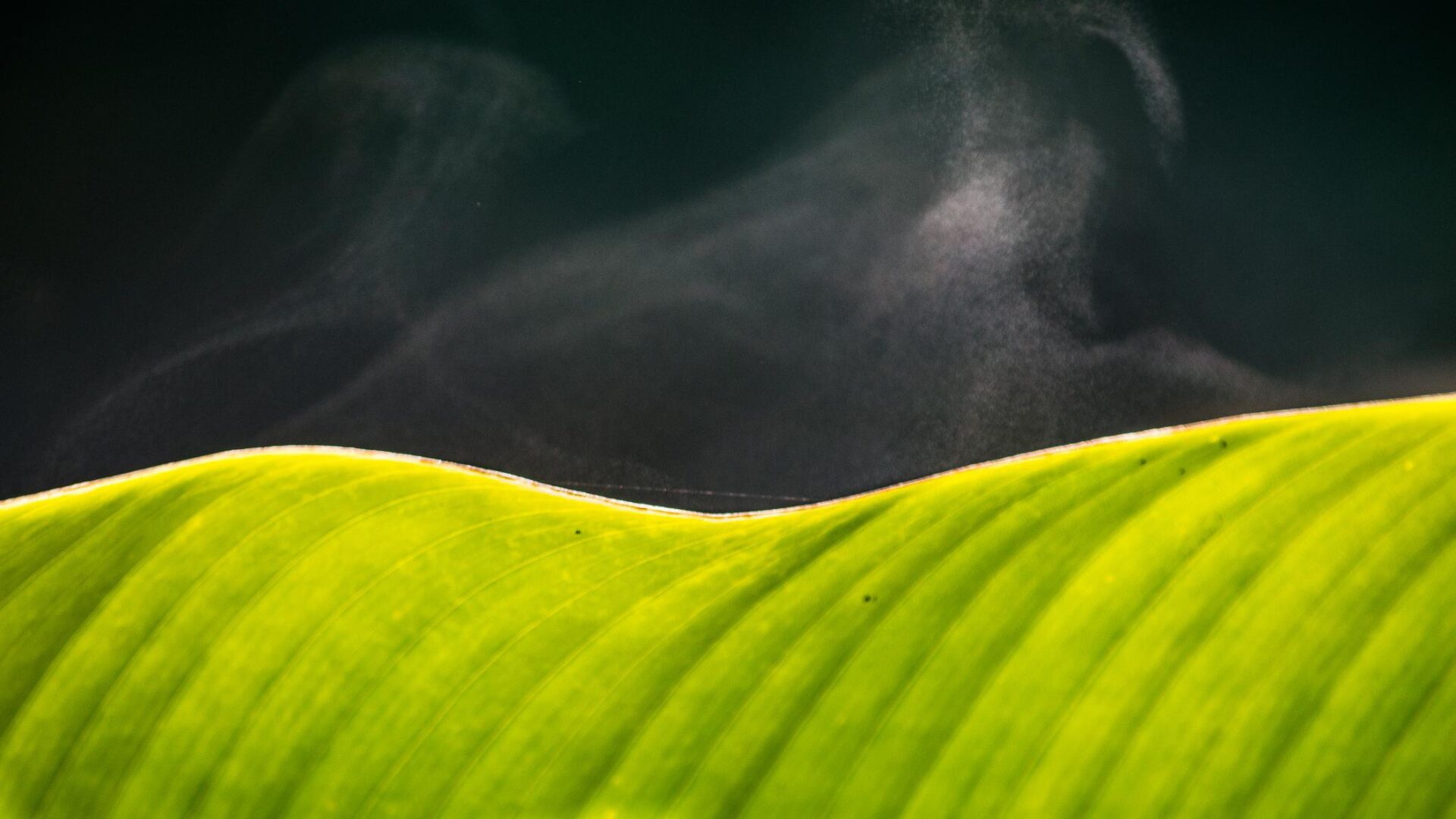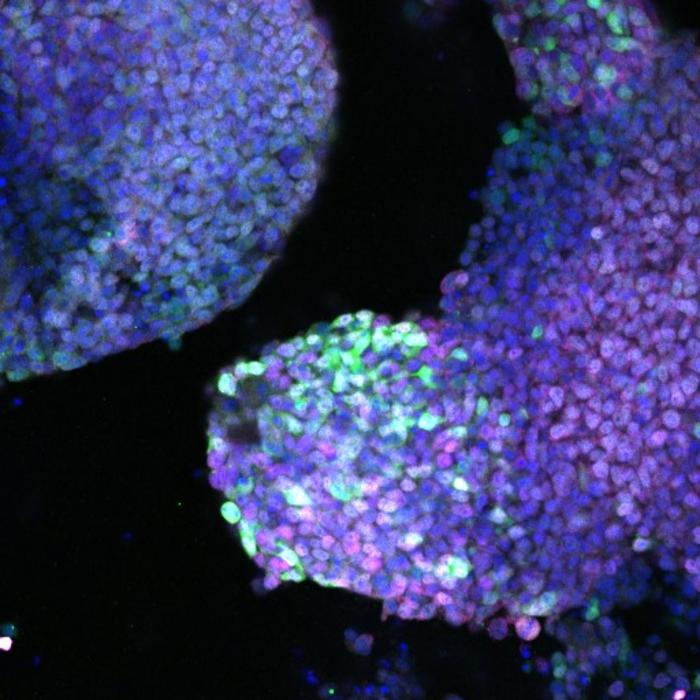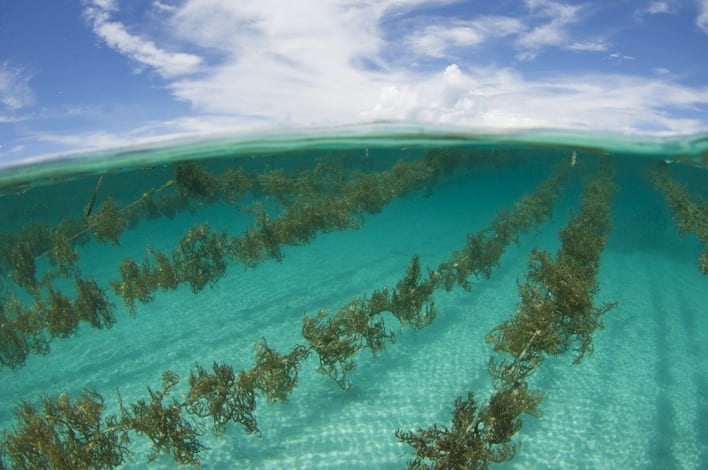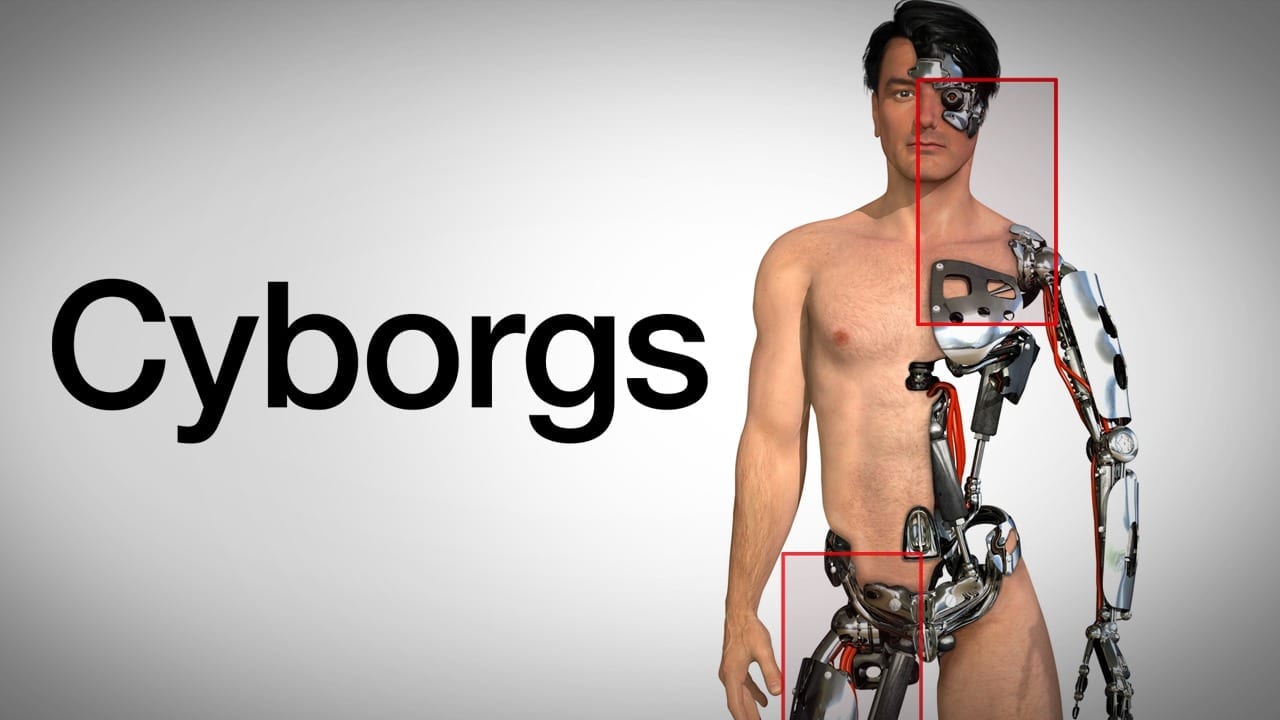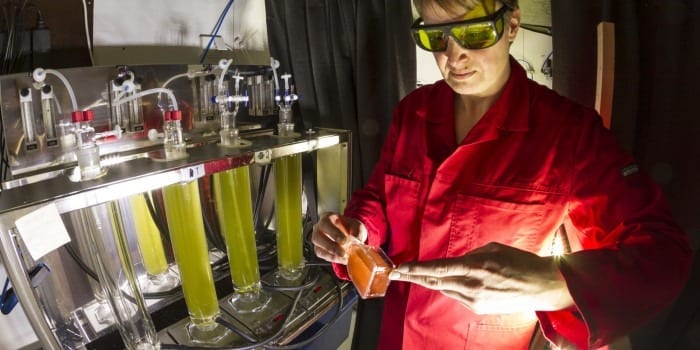
Microalgae consist of single cells but are capable of producing everything from food to fuel with the help of tailor-made LED-lighting.
“We’re working to synthesise raw materials for biofuels, cosmetics and health food, and ingredients which can replace fish oil in fish farm feed, by means of so-called phototrophic production using algae,” says Andreas Hagemann, a SINTEF research scientist.
“We extract Omega 3 fatty acids from fish which absorb them from their food, such as small crustaceans, and which in turn have obtained them by grazing on microalgae”, he says.
Hagemann is standing in his lab in Trondheim, Norway, beside something which looks like a glowing advertising sign, but which in fact consists of small light panels covered with light-emitting diodes.
Alongside it are four small glass flasks containing a bubbling liquid looking a bit like a yellow-green smoothie. This is the green alga Haematococcus pluvialis. It is reproducing, and the bubbles cause the liquid to circulate so that the algae are exposed to equal amounts of light.
“The light intensity is significantly reduced not far inside the flasks,” Hagemann explains. The lab spectacles he is wearing are actually sunglasses because although the light is not harmful to his eyes, it is tiring to work in such strong light for an extended period.
A living factory
What we are looking at is a small algal factory which can produce a range of different nutrients, thanks to the small light-emitting diodes.
“We’ve known for some time that micro-organisms that convert light energy to chemical energy respond differently, depending on the type and amount of light to which they are exposed,” explains Hagemann.
This is where the LED technology comes into its own. LEDs can be controlled much more precisely than other types of light sources. By tailoring the light’s spectrum, intensity and duration, researchers can influence the production of interesting compounds by the algae.
“For example, we can illuminate the alga in such a way that it becomes stressed. It then produces a “smart” substance which it uses to protect itself against the stress,” explains Hagemann, who works in SINTEF’s Department of Marine Resource Technology, which researches mainly into organisms close to the bottom of the marine food chain.
“This technology can provide us with a number of raw materials which can be used in everything from medicines to fuel”, he says.
Lights from the mountain village
SINTEF researchers Andreas and Matilde Chauton are currently carrying out lab tests to see how the intensity of the light emitted by the diodes with different light spectra affects different single-celled organisms. The goal is to get them to produce the fatty acid EPA and the antioxidant astaxanthin, which are both in demand in the health food industry.
They are working on assignment for Evolys, a Norwegian company based in the small mountain village Trysil, which is developing and manufacturing various forms of lighting for use in the agriculture and aquaculture industries. Determining the potential of light, and particularly of LED technology, to influence the “production capacity” of algae is an important area of focus for the company.
“Microalgae represent an exciting new industry,” says the company’s founder, Kristoffer Lindback Larsen. “And supplying products based on this science is an important part of our business concept. We are therefore collaborating with SINTEF to discover more about how light affects microalgae, including their growth and the substances of interest they may contain. We want to use this knowledge to develop methods which achieve our goal as effectively as possible. We believe this will improve growth in the industry and increase production by our customers. Much of the knowledge we need originates in SINTEF’s laboratory,” he explains.
From biofuels to animal feed
This new industry has enormous potential. Using microalgae, a growth medium containing nitrogen and phosphorous, carbon dioxide and the right type of light, it is possible to generate a wide range of useful and valuable substances which otherwise are in short supply.
“This is a small industry at present, but globally we believe it will grow rapidly. Our aim is to be ready with Norwegian skills and products,” says Lindback Larsen. “Light is by far the most important factor when producing phototrophic microalgae, and just a small adjustment of the light can be a “make or break” factor for our customers,” he says.
Learn more: Developing biological micro-factories with LED
The Latest on: Algal factory
[google_news title=”” keyword=”algal factory” num_posts=”10″ blurb_length=”0″ show_thumb=”left”]
via Google News
The Latest on: Algal factory
- Factory Visits: DPS Skis in Salt Lake Cityon April 27, 2024 at 8:00 am
Ever wonder what goes on inside a ski factory? Step inside one in the heart of some of North America’s greatest skiing.
- Edonia grabs €2M to turn microalgae into less bitter-tasting ground meat alternativeon April 24, 2024 at 11:00 pm
Edonia joins companies like Bevel, AlgaeCore Technologies, Algenuity and NewFish that are all tapping into the global market for commercial algae expected to be valued ... Valentin expects to have a ...
- Why I Kayaked the Entire Charles Riveron April 24, 2024 at 8:14 am
Our intrepid writer set out to become only the second person ever to kayak the iconic waterway from source to sea.
- 14 Asian American–Founded Brands Designing Travel Gear We Love14 Asian American–Founded Brands Designing Travel Gear We Loveon April 23, 2024 at 12:27 pm
Best known for its savvy, lightweight rolling suitcases like The Carry-On Flex and The Bigger Carry-On, the brand has also ventured into city-friendly bags, like my personal daily bag, The Everywhere ...
- Scientifically Speaking | Discovery of nitrogen-capturing organelle is one step closer to unlocking evolutionary secretson April 23, 2024 at 3:56 am
An incredibly rare event that gave rise to the biological factories that first made complex life possible has been detected again.
- Voyager 1: NASA's longest-running spacecraft back in touch with Earth after five months of silenceon April 23, 2024 at 3:20 am
NASA's longest-running spacecraft Voyager 1 is sending information back to Earth again for the first time since November.
- ‘Transfarmation’ Stories: The Farmers Switching From Animals To Cropson April 23, 2024 at 1:04 am
Meet the farmers who transitioned away from farming animals in favor of farming crops with the Mercy for Animals Transfarmation Project ...
- ‘Nobody’s Listening:’ NC Department of Environmental Quality Fails To Regulate Water and Air Pollution From Poultry Farmingon April 21, 2024 at 6:36 am
Waste and runoff from unregulated poultry farms not only damage water quality but can also contain pathogens that cause respiratory problems.
- Renovation relic: Man finds hominin jawbone in parents’ travertine kitchen tileon April 18, 2024 at 2:15 pm
User MAJOR_Blarg, for instance, is a dentist "with forensic odontology training" and offered the following: ...
- EU rules seen as insufficient to fix nutrient pollutionon April 18, 2024 at 3:21 am
From rivers and lakes to lagoons and seas, numerous aquatic environments across Europe are grappling with a silent yet ubiquitous threat – an excess of nutrients that disrupt their ecological balance ...
via Bing News

